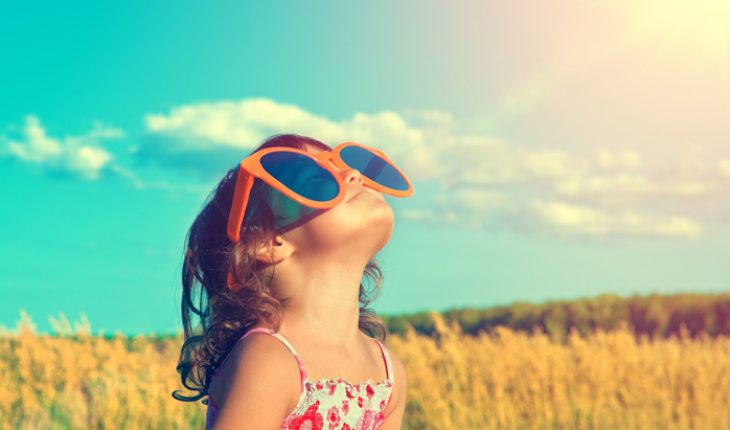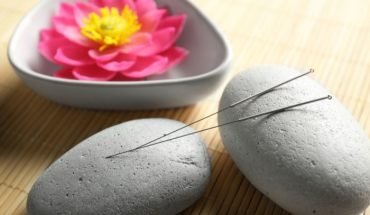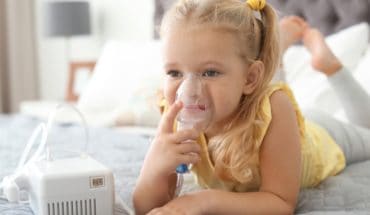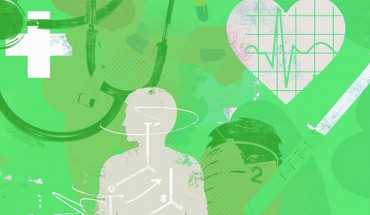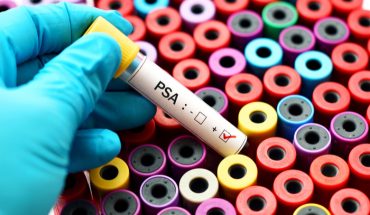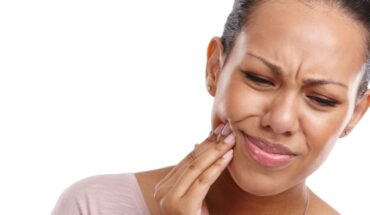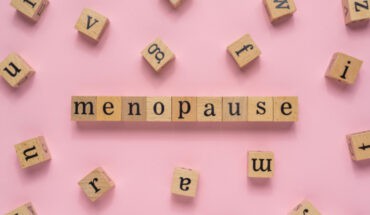With summer fast approaching, children’s skin is particularly vulnerable to the effects of UV radiation, says consultant dermatologist Dr Anjali Mahto, who is also a spokesperson for the British Skin Foundation.
‘Babies below the age of six months have little melanin, or pigment, in their skin and their skin is also too sensitive for the use of sunscreens. It is therefore important that young babies are not left in direct sunlight. After 6 months of age, sunscreen is safe to apply. Look for a broad-spectrum sunscreen that offers protection against UVA and UVB light with a minimum of SPF 30. Remember to apply about 30 minutes before going outdoors and reapply every 2 hours after swimming or excessive sweating.
It’s important to use sunscreen in conjunction with other sun-protection measures.
- Seek shade between 11am-3pm when the sun is at its hottest and taking walks before 10am and after 4pm
- Dress your child in lightweight protective clothing covering the arms and legs
- Protect their head, neck and ears with a wide brimmed hat
- Protecting the delicate eye area with UV protection sunglasses
- For babies, a pram with a canopy or cover will also add extra protection
What to do if your child suffers sunburn?
If a child below 12 months of age has sunburn, you should seek medical attention immediately as there is a risk of becoming severely unwell.
For children over 12 months, Act quickly and get out of the sun. Cover up the affected areas and keep your children in the shade until the sunburn has healed. Wear loose cotton clothing that allows the skin to “breathe” over the sunburnt areas.
Take over the counter pain relief regularly until the skin starts to settle.
Cool the skin Apply a cool compress to the skin e.g. a towel dampened with cool water for 15 minutes, or give your child a cool bath or shower. Aim to keep the temperature just below luke-warm. Make sure the shower has a gentle flow of water rather than being on full power. If blisters are starting to develop, then a bath is preferable. Do not rub their skin with a towel, but gently pat it dry.
Moisturise After a bath or shower, use an unperfumed cream or lotion to soothe the skin. Repeated applications of this are necessary to reduce the appearance of peeling and this may need to be continued for several weeks. Aloe vera or soy containing gels or lotions can be beneficial in soothing the skin. Aloe vera not only has a cooling effect on the skin but also acts as an anti-inflammatory. Be wary of using creams or lotions that contain petroleum, benzocaine, or lidocaine. These can either trap heat in the skin or cause local skin irritation.
Stay hydrated Sunburn can encourage fluid loss through the skin. Give your child plenty of water to prevent dehydration and help their body recover.
Leave blisters alone Try to encourage your child not to pop blisters as this can lead to infection and scarring. They will settle by themselves after a few days.
The British Skin Foundation is a UK charity dedicated to raising funds for skin disease and skin cancer research.
- The spots you miss with sunscreen - 27th July 2020
- Sunscreen: the spots you miss - 13th July 2018
- Protecting young skin from UV radiation - 24th April 2017
